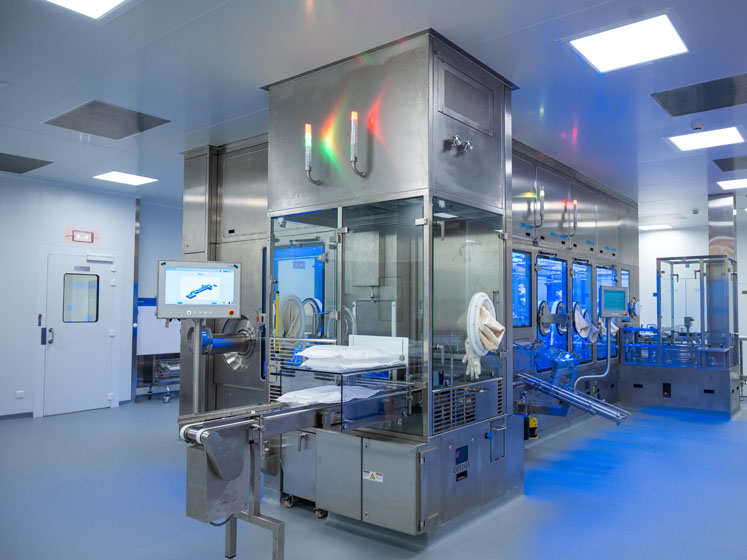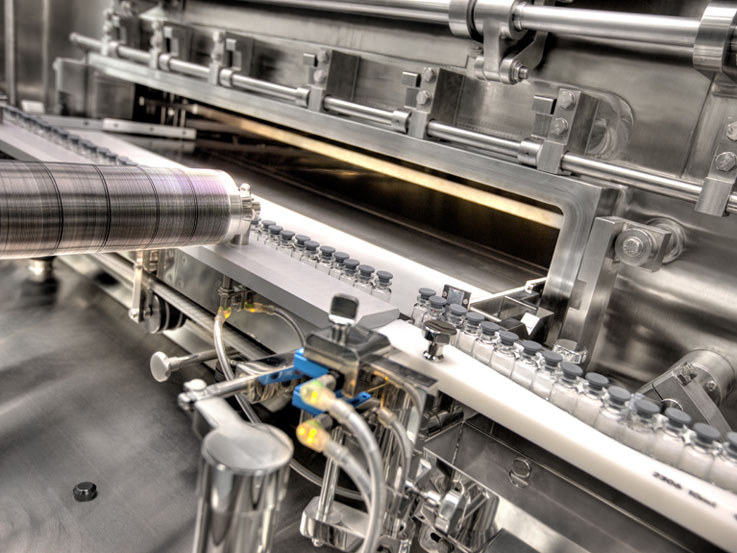As an innovator, suggests Wim Blendeman, Head of Product Development and Programme Management, Europe, at Catalent, engaging a development partner with relevant process experience can be a highly beneficial way to mitigate these risks.
Choosing a partner
Selecting a reliable and experienced biologics manufacturing partner is vital; and, for any relationship to work, open and honest communication is crucial. A development partner must have the necessary knowledge and expertise in biologic products and the associated manufacturing technology.
There must also be a cultural symbiosis between the companies: a partner must embrace and share the sponsor company’s ambition to successfully bring a product to market.
The correct partner will have the skills and experience to complement the sponsor’s abilities and provide the additional manufacturing capabilities in the areas of scale-up, regulatory compliance and supply chain management to guide the product’s development through to commercialisation and, ultimately, to patients.
Production scale-up
Scaling-up the production of a biologic molecule to process performance qualification (PPQ)/commercial quantities is very different to Phase III as there are multiple operational points that must be taken into consideration.
It is important to remember that every process, product and sponsor is different, and a manufacturing partner must align its experience with an agnostic view to development to ensure the greatest chance of a successful collaboration.

Approaching any partnership with an open mind and clear communication channels is important; this ensures that key information can be shared and a route to development that matches both parties is created.
Fostering this relationship allows decisions to be made, including the programme scale-up phase, during which every parameter related to the process should be assessed within a quality by design approach. Doing so allows a robust risk analysis to be established — in association with the sponsor — and clear pathways to be defined.
Regulatory expectations
Although the regulatory expectations pertaining to biologics manufacturing mimic other drugs, and the same good manufacturing practices apply, there are some considerations that are specific to biologic products.
As many are sourced from living organisms — bacteria, yeast, animal or human, for example — the potential for viral contaminants being present means that additional safety precautions are necessary; a rigorous sourcing and viral decontamination process must be demonstrated as part of the regulatory submission.
Biologic products are susceptible to contamination from other similar products as well as small molecules, so cleaning validation and cross-contamination prevention measures are critical to ensure sterility.
A manufacturer must have a robust evaluation process in place for each product that is manufactured in a site shared with a commercial biologic product.
This evaluation should identify the risk of any potential cross-contamination at each step of the process: from the receipt of raw materials through to packaging, labelling and shipping, as well as documenting any additional control measures that must be implemented.
A list of all products manufactured in a shared area must be provided to the regulatory agency as part of the initial submission, including any new products as they are introduced into the facility. This submission must also demonstrate a robust understanding of the manufacturing process, analytical methods, product attributes and process parameters.
Demand forecasting
Having good demand forecasting and market intelligence is critical to the commercial launch of a product and allows companies to understand the associated market dynamics. This information allows variability to be managed successfully, improves anticipation for manufacturing needs and helps sponsors to control stock levels and reduce over or under exposure to market demand.
Establishing high-performing demand forecasting as soon as possible prior to commercial launch is beneficial. Once in place, it allows sponsors to fine tune launch strategies for optimal success, including supplier selection, supply plans and capacities, and establishing optimal inventory levels.
More importantly, companies will have the proper information to determine the adequate flexibility needed to support a commercial launch.

It is common for variability of demand to occur and a manufacturing partner will need to assist sponsor companies to build up a readiness to adapt. Plans should be put in place that will allow the manufacturer to quickly react to changing capacity requirements and have partnerships with suppliers to ensure evolving situations do not risk the potential of disruption to patient supply.
Process validation
Successful process validation means that a manufacturer must demonstrate, through the collection of appropriate data, that the production process of the biologic drug product is highly robust and consistently provides the desired product within all specifications.
This is impossible without the manufacturer thoroughly understanding the specific process and the impact of operational parameters on product quality. To achieve this level of knowledge, a strong relationship between the manufacturer and the sponsor company must be built; this is especially true for biologic drug products when variability within a process is often inherent.
The sooner this collaborative approach starts in a product’s development, the more information can be gathered; quality can then be designed into the process from the start, allowing for effective validation for commercial launch.
There are numerous factors involved in validation, including the manufacturing steps as well as product filtration, filling and packaging. At each step, the systems and equipment involved must be evaluated for compatibility and suitability with the product.
All of these potential factors must be identified and captured in the early stages through a risk-based analysis and, only when agreed upon by both parties, can the process design phase and the production of batches begin.
